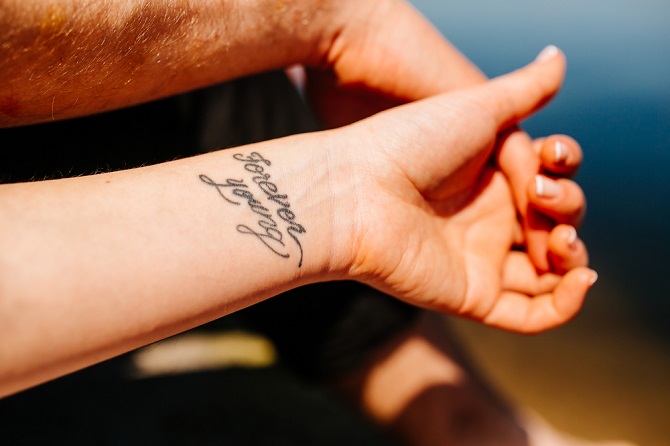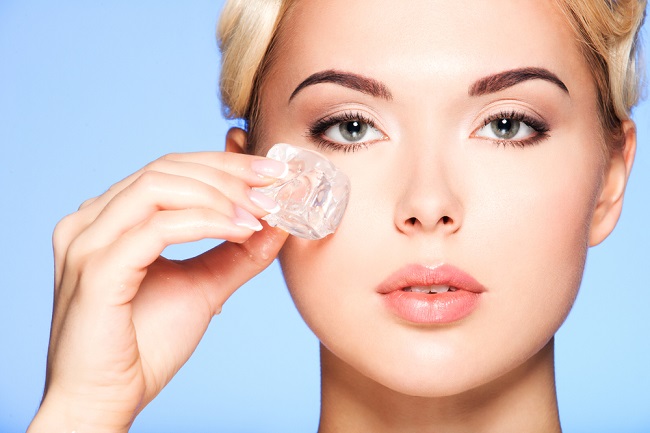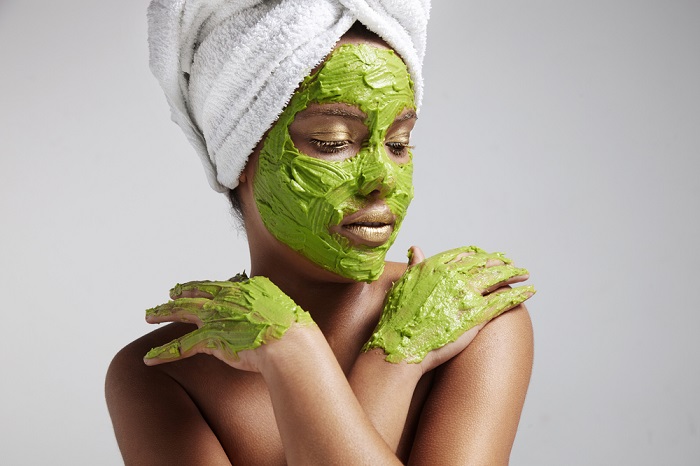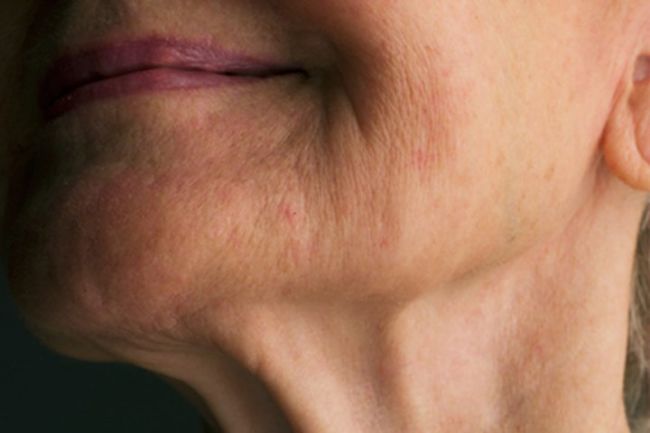The world of tattooing is considered an art. That said, the mistaken or correct beliefs of its implementation in the body have divided the opinion about whether there are risks with tattoos or if it can become a problem to practice it. From this arise several questions that need to be answered to avoid consequences that could be severe.

The tattoo technique
To make a tattoo requires the introduction of a needle that has at its tip a special painting, this is intended to frame a preset drawing and capture it on the skin. The reason it lasts so long is that the ink is introduced between 1 and 2 mm. At this level there are stable cells and therefore their duration is permanent.
Contact dermatitis is one of the main problems that can occur on the skin when having a tattoo. The red pigment, according to research is more related to these conditions, while the acul, green and black tones have fewer incidences.
Size and area of the tattoo
The dimension of the tattoo depends on the taste of each person, but you have to consider that the bigger, the more pain you could feel, not to mention the extreme care that must be followed. The area where they can be performed are diverse, in some areas the pain is more intense since the nerve connections are more superficial.
Pain intensity
To say that a tattoo does not hurt would be to lie, some tattoo artists even apply local anesthesia in order to decrease the sensation. The problem with this process is that the skin stops perceiving sensations that at some point may arise as a result of a bad procedure and it will not be until after the effect passes that the person notices a major problem.
At this same point it should be mentioned that pain is subjective, each person has a different pain threshold, for some it can be an unbearable pain, for others a simple discomfort. In this case, the experience of the person who performs the tattoo and the equipment they use also influences.
Requirements for tattooing
This is a controversial point in some countries as no laws have been implemented prohibiting its strict use in certain people or age range. But in most countries and to safeguard the well-being of a person it is recommended that they are not a minor, avoid a tattoo during pregnancy, when suffering from any alteration in the skin or has been diagnosed with bleeding disorder.
In addition to these recommendations, if the person has never been tattooed, it is preferable to start with a small tattoo to test their reaction, always following the recommendations of a health professional.
The risks of tattoos
As mentioned, tattoos require a semi-deep perforation in the skin, in the cavity that has been opened special ink is inserted to fill. This basic process can bring complications due to various factors; the most frequent risks are given for some of the following reasons.
Lack of hygiene
The places where tattoos are performed are filled with instruments that help to do the job. These must be disinfected before each session, do not forget in some cases some blood vessels can be broken and if in that blood there is any disease and the necessary measures are not taken, it can generate a direct infection. The environment must also be hygienic, bacteria and viruses are everywhere and the skin can get some disease when exposed.
Inadequate technique or lack of experience
“No one is born knowing” and “practice makes the teacher”, both principles apply riskily in this world of tattooing. Not knowing the human anatomy or the general physiology of the body can mean real risk to the client. A certified tattoo artist gives the guideline that he has been trained in technique and simulated practice.
Consequences of a bad procedure
The worst case scenario would be to fall into one of the two situations above, if so, the consequences would be:
- Infections: Poorly sterilized equipment would cause the direct passage of hepatitis B and C, or IHN.
- Allergic reactions: the skin of home being human is different; in some cases the antibodies reject the ink and provoke an allergic reaction.
- Granulomas: small pimples that appear just above tattoo.
- Keloids are a type of scars that form on the skin after it has been perforated. They can be cured by covering and cleaning them with oxygenated water.
Tips when performing the tattoo
Several dermatologists recommend that the following points be taken into account before performing a tattoo:
- Check hygiene conditions of the site where tattoos or piercings are performed.
- Check the materials that will be used, all must be disposable except for the equipment that must be sterilized.
- Perform a pigment allergy test before being introduced to the skin.
- Leave an informed consent by both parties in case of being a minor.
- Request the professional certificate from the tattoo artist.
- Request the appropriate certification that the premises meet all the requirements to carry out the work.
As a result of a tattoo hospitals and health aid centers recommend not allowing the donation of blood to another person. If all the points have been made clear and the hygiene measures have been fully complied with, the risk of tattooing would be minimal and the result satisfactory.










